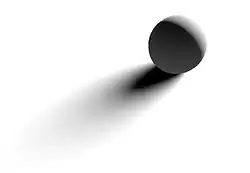An Introduction to Real-Time 3D Graphics

Table of Contents
- Introduction
- GLSL in Specific Frameworks and Platforms
- GLSL in Unity 3.5 (Unity's ShaderLab with JavaScript)
- GLSL in Blender 2.63 (Blender's Python API)
- GLSL in OpenGL and GLUT (OpenGL ≥ 2.0 with C/C++)
- [stub:] GLSL in HTML5 (WebGL with JavaScript)
- [stub:] GLSL in the iOS SDK (OpenGL ES 2.0 with Objective-C)
- [stub:] GLSL in the Android SDK (OpenGL ES 2.0 with Java)
- [stub:] GLSL in the Android NDK (OpenGL ES 2.0 with C/C++)
- [stub:] GLSL in OpenSceneGraph (OpenGL 2.0 with C++)
- [stub:] GLSL in OGRE (OGRE's material scripts)
- [stub:] GLSL in Panda3D (C++ API)
- [stub:] GLSL in Torque 3D (TorqueScript)
- [stub:] GLSL in the Irrlicht Engine (C++ API)
- General GLSL and OpenGL (ES) Topics (linked from the previous sections)
- Overview of the OpenGL (ES) 2.0 Graphics Pipeline
- Vertex Transformations (Modeling, Viewing, Projection, and Viewport Transformations)
- Vector and Matrix Operations in GLSL (includes references about GLSL syntax)
- Applying Matrix Transformations to Points, Directions, and Normals in GLSL
- Rasterization (Interpolation of Varying Variables)
- Per-Fragment Operations (Stencil Test, Depth Test and Blending, etc.)
- [stub:] Anti-Aliasing Techniques
- [stub:] Phong Reflection Model
This article is issued from Wikibooks. The text is licensed under Creative Commons - Attribution - Sharealike. Additional terms may apply for the media files.